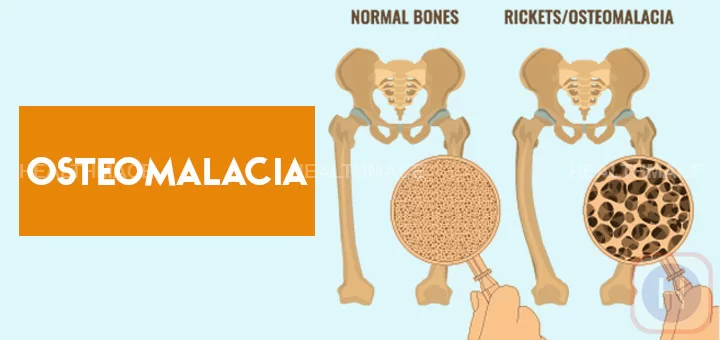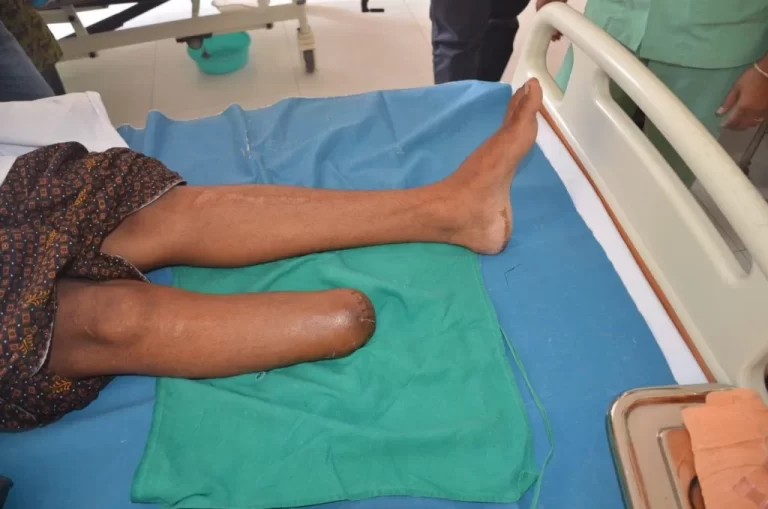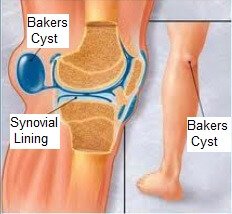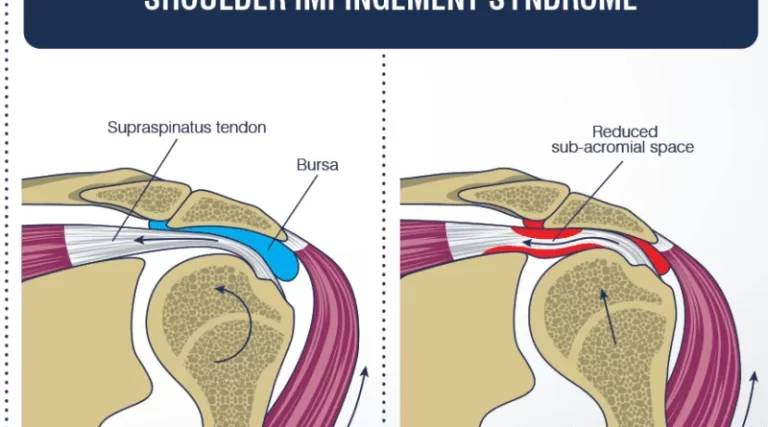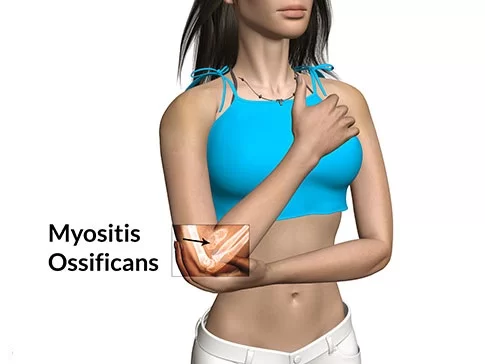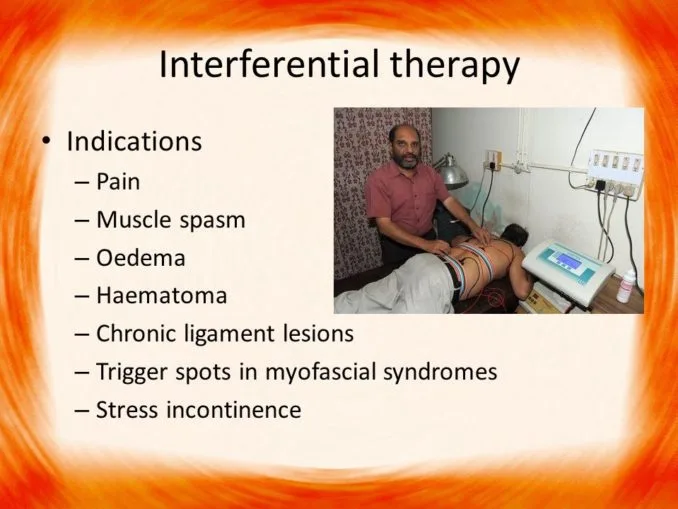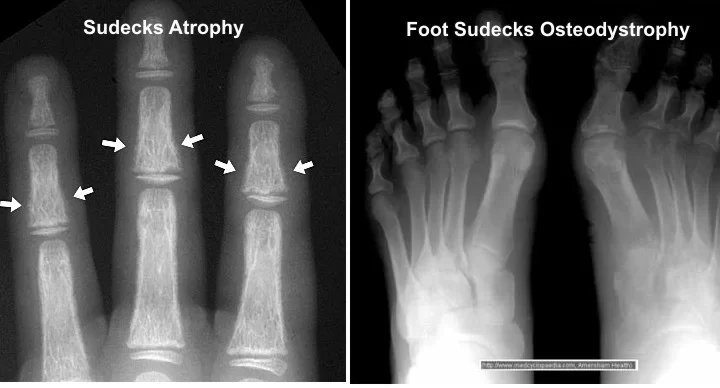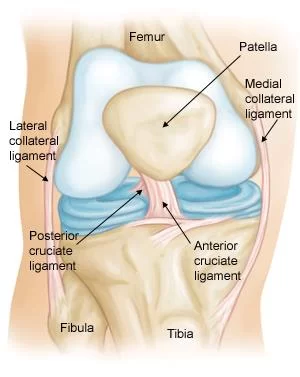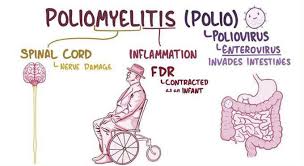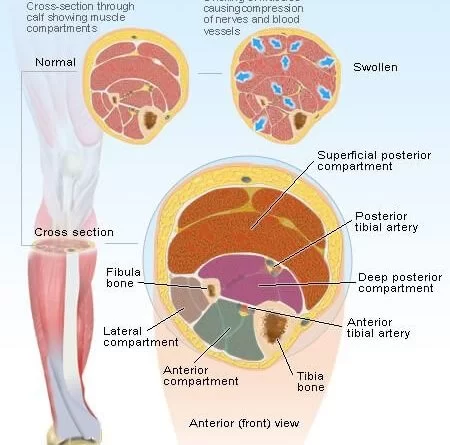Osteomalacia
Definition of Osteomalacia Osteomalacia is the softening of the bones caused by impaired bone metabolism primarily due to inadequate levels of available phosphate, calcium, and vitamin D, or because of resorption of calcium. The impairment of bone metabolism causes inadequate bone mineralization. Vitamin D and calcium supplements are measures that can be used to prevent…

